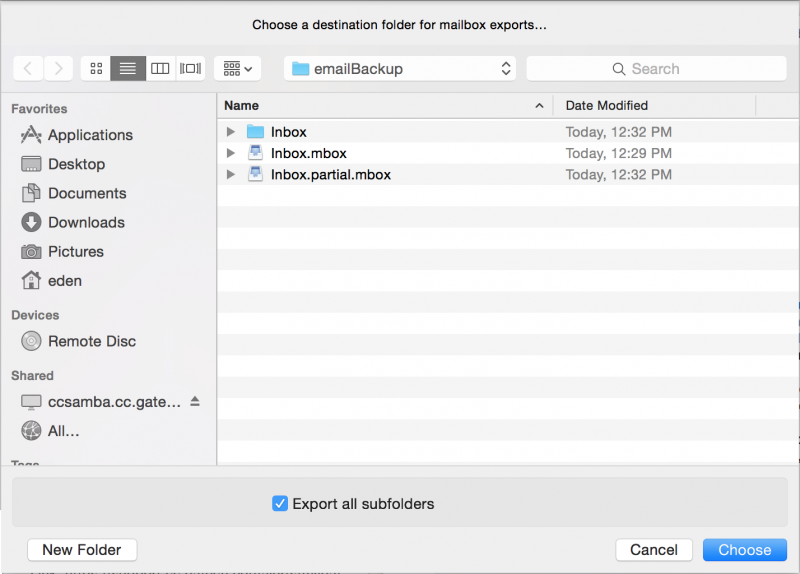
How do I define my own properties for an object?.How do I save custom properties in a standalone application?.How do I get the content of a URL on a web server into LiveCode?.How do I rename the headers on a text file?.
#OS X MAIL RELAYER HOW TO#


How can I get the path to the folder a stack file resides in?.How do I get the path to common folders on my computer or device?.How do I Locate Scripts or Custom Properties in my Project?.How to communicate with other applications using sockets."external temporary": same as "external cache"."external cache": The folder on the primary shared/external storage device where transient application-specific data can be placed."external documents": The folder on the primary shared/external storage device where application-specific data can be placed."engine": The (virtual) folder containing the application's LiveCode engine and other resources that were copied into the application at build time."cache": The folder where transient application-specific data can be placed (typically not valuable)."documents": The folder where application-specific data can be placed (typically valuable).The following folderIdentifier values are supported: To access the assets you have included with your application, use file names relative to specialFolderPath("engine"). In order to manage this, LiveCode "virtualizes" the asset files you include, allowing read-only access with all the standard LiveCode file and folder handling commands and functions. This means that any assets that are included are not available as separate files in the device's native file system.

#OS X MAIL RELAYER ANDROID#
An application is free to read and write files anywhere beneath this folder, but it is not allowed to access anything outside of the "sandbox".Īn Android application is installed on the device as a ZIP package. Each application in iOS is stored in its own "sandbox" folder ( specialFolderPath("home")). IOS imposes strict controls over what you can and cannot access. The application bundle is digitally signed when it is built, and any changes after this point will invalidate the signature and prevent it from launching. Be careful not to change or add any files within the application bundle. On iOS systems, only create files in the "documents", "cache" and "temporary" folders. This is useful for constructing paths to resources that have been copied into the bundle at build time "engine": The folder containing the built standalone engine (i.e."temporary": The folder where temporary data that is not preserved between launches should be stored ( not backed up by iTunes)."cache": The folder where transient data that needs to be preserved between launches should be stored ( not backed up by iTunes).In particular, data private to the application should be stored in a folder named with the app's bundle identifier inside the "library" folder "library": The folder in which to store data of various types (backed up by iTunes on sync).

#OS X MAIL RELAYER WINDOWS#
In addition, CSIDL numbers maybe used to identify certain Windows directories from the documentation, these are: Note: A valid resources path is only returned after a stack has been saved. In a standalone, the resources folder where files or folders specified in the Standalone Builder are located. "resources": In development mode, the current stack's folder."engine": The folder containing the LiveCode engine and the executable files copied in the standalone application."temporary": The folder where temporary files can be placed."fonts": The folder that contains fonts."start": The folder that contains Start Menu items."support": The current user's application-specific data ("AppData") folder."documents": The current user's "My Documents" folder."desktop": The current user's desktop folder."home": The current user's profile folder.


 0 kommentar(er)
0 kommentar(er)
